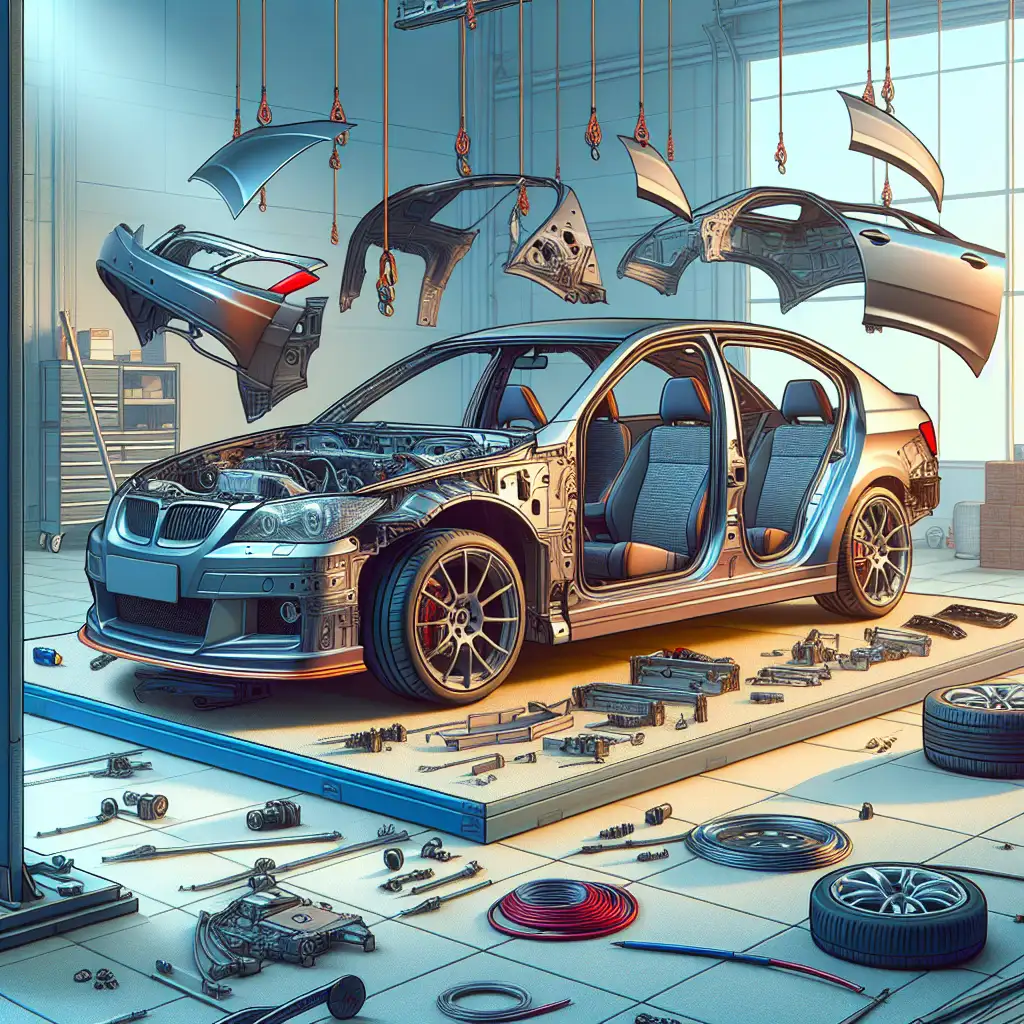Aftermarket Body Panels: Transforming Your Car's Look
Explore how aftermarket body panels can customize your vehicle's exterior and make it truly unique.

Have you ever looked at your car and thought it could use a little more personality? Maybe you want it to stand out in a crowded parking lot or reflect your unique style. One way to achieve this is by replacing your car's body panels with aftermarket options. These panels can dramatically change your vehicle's appearance, offering a fresh look without the need for a new car. In this article, we'll explore what aftermarket body panels are, why you might consider them, and how to choose the right ones for your car.
What Are Aftermarket Body Panels?
Before diving into the world of customization, it's important to understand what aftermarket body panels are. Essentially, these are replacement parts for your car's exterior that are not made by the original manufacturer. Instead, they are produced by third-party companies and are designed to fit a variety of vehicles. These panels can include everything from bumpers and fenders to hoods and side skirts.
Aftermarket body panels are popular among car enthusiasts because they offer a wide range of styles and materials. You can find panels made from fiberglass, carbon fiber, or even metal, each offering different benefits in terms of weight, durability, and cost.
Why Consider Aftermarket Body Panels?
There are several reasons why you might consider aftermarket body panels for your car:
- Customization: Aftermarket panels allow you to personalize your car's look, making it unique to you.
- Cost-Effectiveness: Often, aftermarket panels are more affordable than original equipment manufacturer (OEM) parts.
- Performance: Some panels, like those made from carbon fiber, can reduce your car's weight, potentially improving performance.
- Repair: If your car has been in an accident, aftermarket panels can be a cost-effective way to replace damaged parts.
Choosing the Right Aftermarket Body Panels
When selecting aftermarket body panels, there are a few key factors to consider:
- Material: Decide whether you want fiberglass, carbon fiber, or metal. Each has its pros and cons. For example, carbon fiber is lightweight and strong but can be expensive.
- Fitment: Ensure the panels are designed to fit your specific make and model. Poorly fitting panels can lead to installation issues and may not look as good.
- Style: Consider the overall look you want to achieve. Do you want a sleek, modern appearance or something more aggressive?
- Budget: Set a budget for your project. While aftermarket panels can be cheaper than OEM parts, costs can add up depending on the material and brand.
FAQs About Aftermarket Body Panels
Are aftermarket body panels legal? Yes, aftermarket body panels are legal, but it's important to ensure they meet safety standards and regulations in your area.
Will installing aftermarket panels affect my car's warranty? It depends on your warranty terms. Some warranties may be voided if non-OEM parts are used, so it's best to check with your manufacturer.
Can I install aftermarket panels myself? While some panels can be installed at home, others may require professional installation to ensure a proper fit and finish.
Conclusion
Aftermarket body panels offer a fantastic way to transform your car's look, providing options for customization, cost savings, and even performance enhancements. Whether you're looking to repair damage or simply want to stand out, these panels can help you achieve your goals. Think about what features matter most to you. Do you need a lightweight material for better performance, or are you focused on achieving a specific style? Whatever your priorities, there's likely an aftermarket solution that fits your needs.
 CarChooser
CarChooser